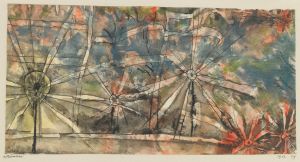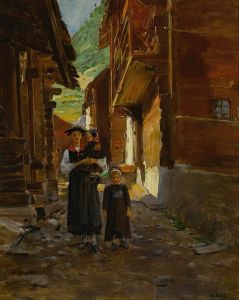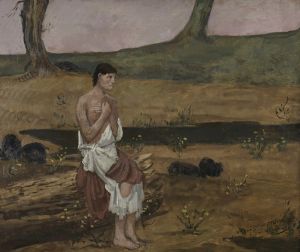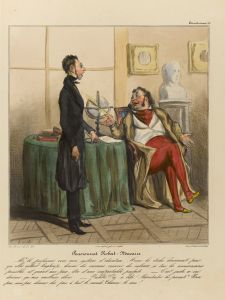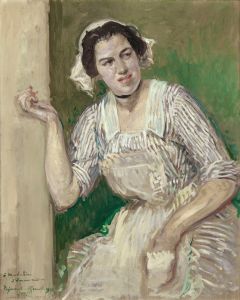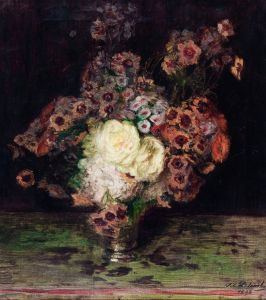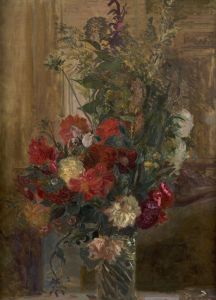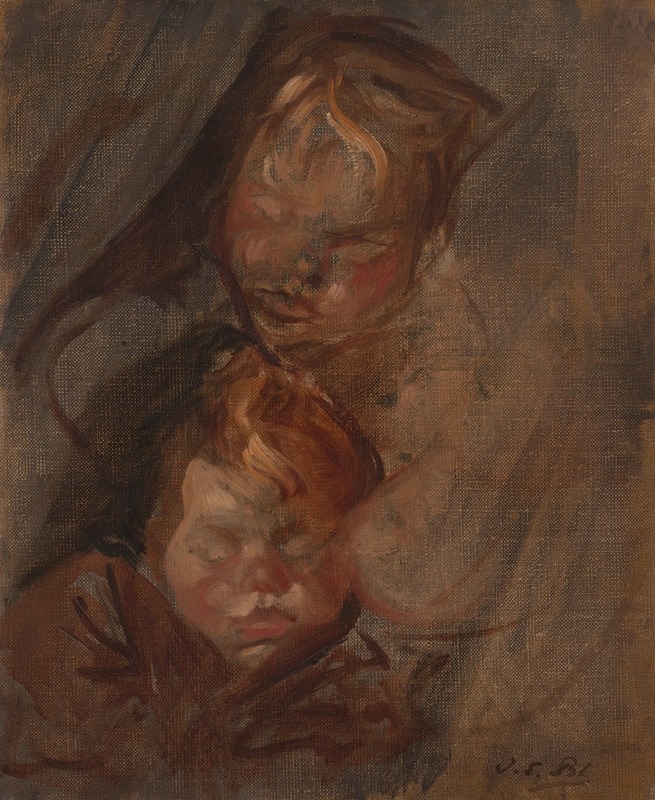
Têtes d’enfants
A hand-painted replica of Jacques-Émile Blanche’s masterpiece Têtes d’enfants, meticulously crafted by professional artists to capture the true essence of the original. Each piece is created with museum-quality canvas and rare mineral pigments, carefully painted by experienced artists with delicate brushstrokes and rich, layered colors to perfectly recreate the texture of the original artwork. Unlike machine-printed reproductions, this hand-painted version brings the painting to life, infused with the artist’s emotions and skill in every stroke. Whether for personal collection or home decoration, it instantly elevates the artistic atmosphere of any space.
Jacques-Émile Blanche (1861–1942) was a French painter known for his portraits, which often captured the essence of the Belle Époque society. One of his notable works is "Têtes d’enfants" (Heads of Children), a painting that exemplifies his skill in portraying the delicate features and expressions of his subjects.
"Têtes d’enfants" is a charming and intimate depiction of two young children, showcasing Blanche's ability to convey innocence and the subtleties of childhood. The painting is characterized by its soft brushwork and the gentle, almost ethereal quality of the children's faces. Blanche's use of light and shadow adds depth and dimension to the composition, highlighting the contours of the children's features and giving the painting a lifelike quality.
Blanche was born into a cultured and affluent family, which provided him with the opportunity to interact with many prominent figures of his time. His father, a well-known psychiatrist, had a clinic that was frequented by many artists and intellectuals, which undoubtedly influenced Blanche's artistic development. He studied under the renowned painter Henri Gervex and was also influenced by the works of Édouard Manet and John Singer Sargent.
Throughout his career, Blanche painted numerous portraits of notable personalities, including writers, artists, and members of high society. His works are known for their psychological depth and the way they capture the personality and mood of the sitter. "Têtes d’enfants" is a departure from his usual portraits of adults, focusing instead on the purity and simplicity of childhood.
The painting reflects Blanche's keen observation skills and his ability to render the delicate nuances of his subjects. The children's expressions are serene and contemplative, suggesting a moment of quiet introspection. The background is kept simple, ensuring that the viewer's attention remains focused on the faces of the children.
Blanche's technique in "Têtes d’enfants" demonstrates his mastery of portraiture. The subtle gradations of color and the careful attention to detail in the children's hair and clothing contribute to the overall realism of the painting. The soft, muted palette enhances the gentle and tender mood of the piece.
"Têtes d’enfants" is a testament to Blanche's talent and his ability to capture the essence of his subjects with sensitivity and precision. The painting remains a significant example of his work and is appreciated for its artistic merit and the insight it provides into the artist's approach to portraiture.
Jacques-Émile Blanche's contributions to the art world extend beyond his paintings. He was also a writer and a critic, and his memoirs provide valuable insights into the cultural and artistic milieu of his time. His legacy is preserved in the numerous portraits he created, which continue to be admired for their elegance and psychological depth.
In summary, "Têtes d’enfants" by Jacques-Émile Blanche is a beautiful and evocative painting that captures the innocence and tranquility of childhood. It showcases Blanche's exceptional skill as a portrait artist and his ability to convey the inner world of his subjects with grace and sensitivity.







